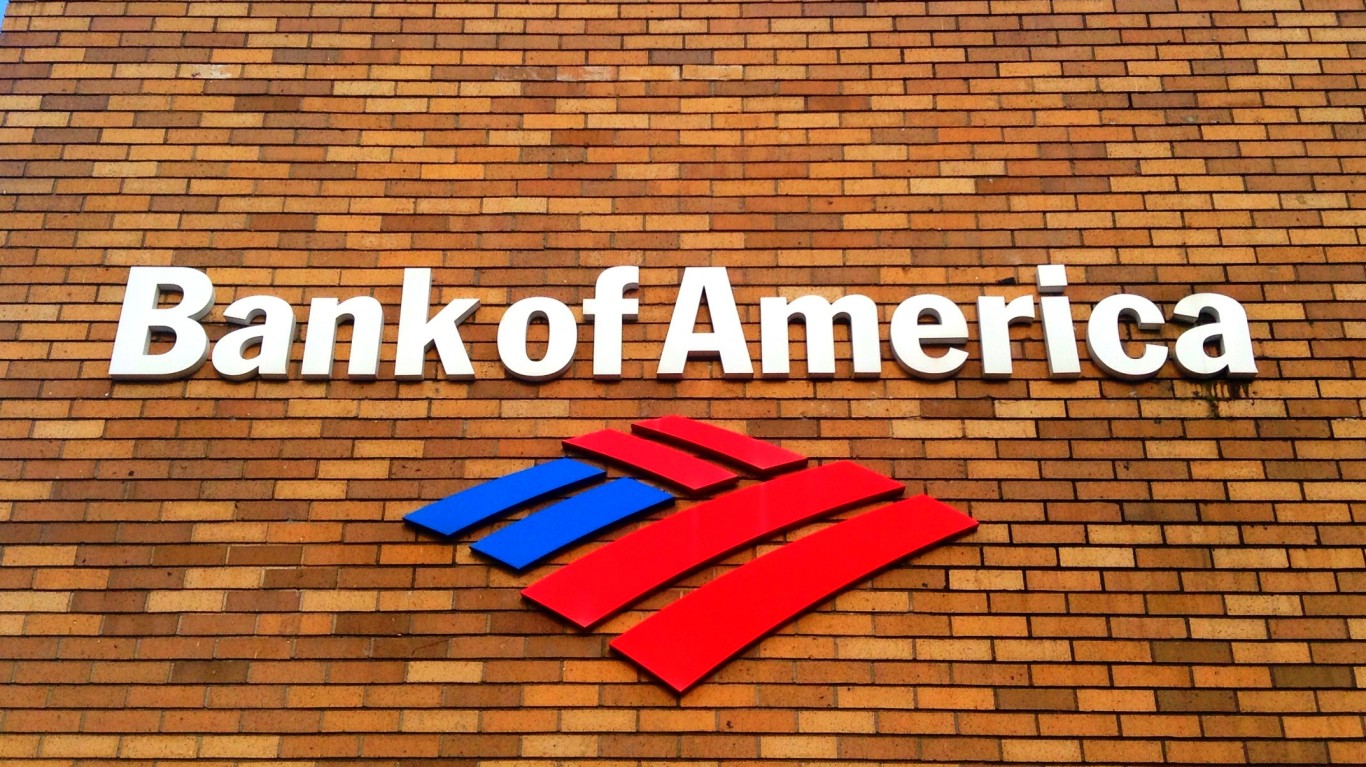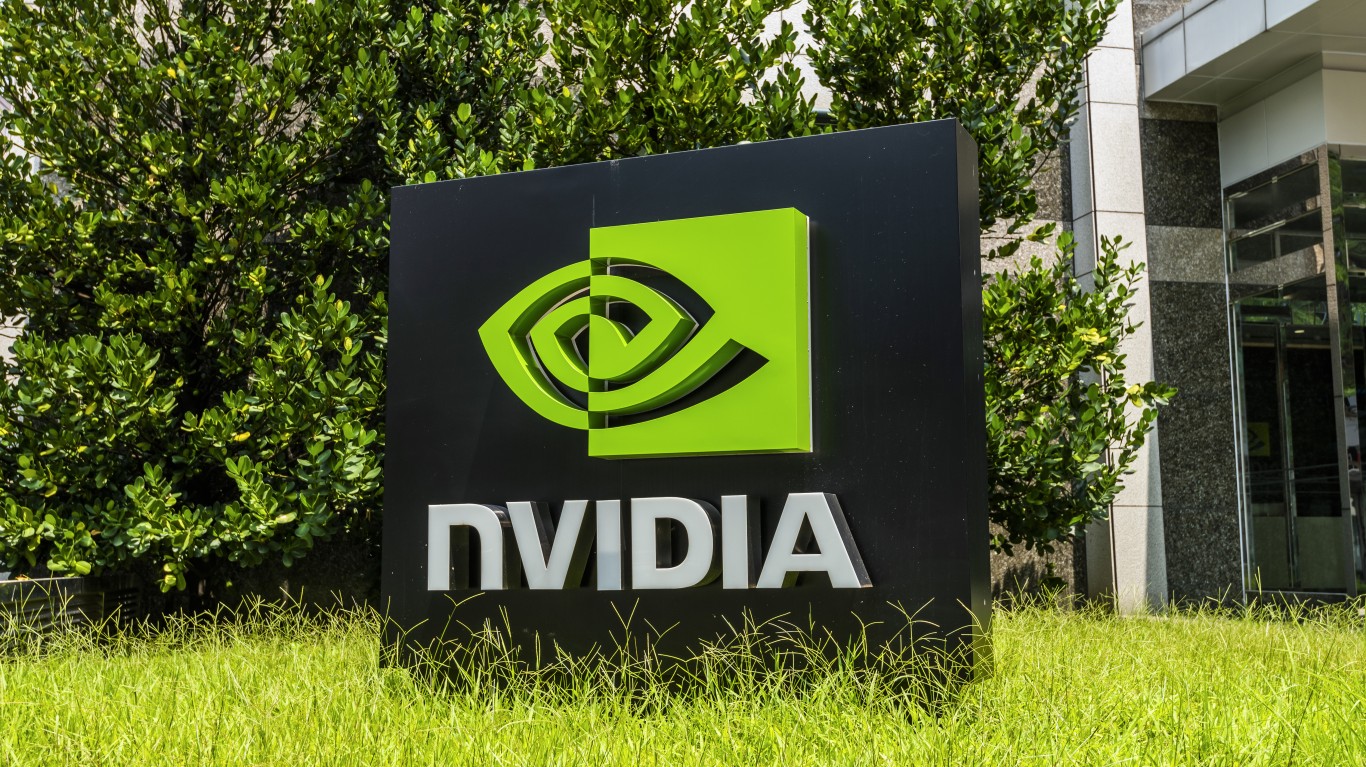We are in the midst of one of the greatest bull markets ever seen in modern times. Stocks are rising more often than they fall and we have just seen a rally of eight consecutive days.
24/7 Wall St. wanted to find the greatest bull markets over the past century. The definition of a bull market is just a year of gains, but some consider 10% as a minimum gain for a bull market and some use 15% or even 20% as their benchmark.
At the start of this year, 24/7 Wall St. used its own methodology to come up with a proprietary target of 13,042 on the DJIA for 2011. After looking at the rallies of the past, we feel yjsy there still seems no need to panic yet. It becomes very difficult to compare the fun times of dot-com bubble to the property bubble, let alone to the great rallies of the 1950’s or 1920’s. But. the exercise did yield some valuable insights.
The Bull Market of 1904 to 1906
The gains were more than 40% in 1904 and more than 38% in 1905, before things turned south again after 1906 after The San Francisco earthquake among other reasons. In 1907 came an attempt to corner the copper market via a failed purchase of the United Copper Company which took down banks which were involved. After the Knickerbocker Trust Company, the Panic of 1907 came on and it took J.P. Morgan pledging his personal money and convincing other bankers to inject liquidity back into the markets.
The Short Great Bull Market of 1915
World War I broke out in 1914 and that year alone took the stock market from 78.59 down to 54.58. The New York Stock Exchange was even closed for several months in 1914. After the exchange reopened, shares traded with price restrictions which were removed in April of 1915 and then it was off to the races. The change to quoting stock prices in dollars rather than as a percentage of par values also bolstered the market, which rose 81% in 1915.
The Roaring 1920’s
The 1920’s are called “The Roaring 20’s” for a reason. The wealth created was unprecedented and peacetime seemed as if it would never end after The First World War. The bull market started after a large sell-off in 1920 took the DJIA to close that year at 71.95. By 1925 the DJIA was above 150, then 200 by 1927 and 300 by 1929. By the late 20’s, bucket shops had opened and were selling stocks to investors all over the nation. The peak came in September of 1929 when the DJIA reached 386.10. The Crash came in October. That decade brought gains of roughly 450% from trough to peak… Roaring timed indeed.
The Bull Market Of World War II
Many market historians count the bull market of World War II as starting in April 1942 after the market had slid by more than one-third to a low of 95.35 in April 1942. It was that same month that the Doolittle Raid over Tokyo took place and gave Americans the confidence that the United States could strike Japanese soil. From that point forward, the market ran to a peak at DJIA 213.36 by May 1946. It was by then that the waves and waves of discharged veterans were returning home by the millions and there was not enough work to go around. The trough to peak move here from the World War II lows to the peak the year after the War was about 125%.
The Bull Market of the 1950’s
If you wonder why the music of the 1950’s is so upbeat, it is because America was growing . We had won World War II and growth dwarfed anything about The Red Scare and the Korean War. The boom went from 1949 to 1957. American GI’s had found work, were having kids, were buying houses and cars, and America’s great companies were hardly able to keep up with demand. America’s infrastructure was being built along with an interstate roadway system, and corporations were winning from the rebuilding of war-ravaged Europe and Asia. The Fed Funds Rate and the cost of borrowing here were rather low, with Funds never really getting above 4%.
By January 1951 the market was up 60% to 250 on the DJIA, then the market was above 300 by March 1954 and the market peaked at 524.37 in April 1956. By our count, the Bull Market of the 50’s technically started in mid-1949 and the waves of buying stocks peaked initially in April 1956. The gains during that time period were more than 220%.
The 1970’s Bull Market(s)… Two in One
The 1970’s is a very odd period for market historians. The U.S. started the decade trying to figure out how to move from winning Vietnam and migrated on how to just get out of Vietnam. The U.S. was still even on the gold standard. The start of the decade saw Fed Funds go from 9% down to under 4%. The first low of the market was 627.46 on the DJIA in May 1970 and the market was at 958.12 by April 1971. That short gain in the DJIA saw a rise of just over 50%. The problem was that in 1971 the U.S. devalued the Dollar by printing money and President Nixon took the U.S. off of the gold standard and implemented price and wage freezes, as well as imposing import surcharges.
The DJIA did actually again hit 1,000 in November 1972 (after first having hit the 1,000 mark in 1966) but was back down all the way to 570.01 as a low in December 1974 amid the Watergate Scandal. The growth and the bull market took a while to gather steam under President Ford but the DJIA was back above the 1,000 mark by February 1976. The second leg up was a gain of 75%, but all in all you can see above why this is a difficult period for historians measuring bull markets. The next time the market would recapture the 1,000 hurdle was November 1980.
THE 1980’s BULL MARKET… The Reagan Years
The rally after the 1987 Crash up to 1990 was impressive and it was during that time that the Oliver Stone movie “Wall Street” turned a shady corporate raider named Gordon Gekko into a hero. The much more impressive bull market of the 1980’s was what was seen earlier in the decade under the onset of Reaganomics and big deficit spending after combating double-digit inflation. At the start of 1980, inflation was so bad that the target Fed Funds Rate was hiked from more than 10% to more than 18% at the peak in 1981. Despite massive unemployment, a period of declining rates and deficit spending gave the DJIA a huge five-year run.
By October 1982 the market had hit 1,051.88 and by December 1985 the market was at 1,500. It hit 2,000 for the first time in January 1987. The peak of the market came as 2,746.65 in August 1987. The Crash of 1987 took the air out of that bubble. Still, the gain from 1982 to 1987 was roughly 250% before the crash. Now you know why capitalists love Reagan.
The Dot.Com Bubble… 1995 to 2000… or was it 1990 to 2000?
The hardest bull market to not use the DJIA for a reference is the dot-com and technology bubble of the 1990s. Some economic historians may consider October of 1990 as the start of the great 1990s bull market. This first wave of the very long bull market from 1990 on and was helped by a period of Fed Funds Rate cuts from over 8% in 1990 down to 3% by 1993. Before that, rates had been in double-digits with an inverted yield curve. In October of 1990, the DJIA bottomed out at 2,344.31 and then rallied its first 1,000 points by January to March of 1992. Despite having hit 4,000 in early 1994, a series of FOMC rate hikes kept the DJIA bouncing around with prices in the 3,000 handles and kept the economy and inflation from overheating too much.
By February of 1995 the DJIA had gotten back above 4,000 after months of range-bound trading. That’s when things began to take off. By November 1995 the DJIA was above 5,000 for the first time, then 6,000 by October 1996, then 7,000 by February 1997. The DJIA grew hit 8,000 in July 1997, then 9,000 by April 1998 and 10,000 for the first time by March 1999. By the peak of the bull market, dot-coms sold at 100-times revenues and even General Electric traded at roughly 30-times earnings. All valuations were excessive.
The game came to a sudden end in March-2000 when the NASDAQ peaked above 5,000 after the DJIA previously peaked above 11,900. Whether you count 1990 as the bull market’s start or 1995 as the start, the gains were massive and the pace was feverish. The DJIA rose from roughly 2,300 to 11,900 if you use the 9.5 year time frame. If you choose the 5-year time frame the DJIA rose from roughly 4,000 to 11,900. It was a truly a wonderful time.
The Bull Market from 2003 to 2007
The economy was already in a recessionary environment when the terror attack on America hit on September 11, 2001, and the terror attacks made a deteriorating situation far worse with waves and waves of layoffs in the thousands at a time into 2002. The real “last bottom” of the recession was not hit until March 2003 at a low of 7,397.31 on the DJIA. President Bush had passed a stimulus package and new tax rates for capital gains and dividends were kicking in. A policy of taking rates down massively during the recession took Fed Funds from over 6% to 1% before it was all said and done. Stocks actually bottomed before Alan Greenspan took Fed Funds rates down all the way to 1%.
The major stock markets hit all-time highs, although it was not until 2008 that the energy bubble sapped out the rest of the cash Joe Consumer’s wallet. The top of the bull market in 2007 was 14,121.04 on the DJIA. In less than four and a half years, the DJIA had rallied right about 91%. We have seen roughly the same gain in today’s bull market in half the time, as you will see shortly.
The Bull Market of Today… 2009 to Now
We’ll spare you from reliving what caused the Great Recession. The collapse of Lehman and Bear Stearns, the bank bailouts, the insurance bailouts, and the rest of the endless painful memories are almost too much to relive again. Amazingly, it took two and a half months for the 0.00% to 0.25% Fed Funds Target Rate to really get stocks to the bottoming out point. Many market participants were actually bracing for a system collapse and a barter system.
The market mayhem ended on March 9, 2009 at a low of 6,440.08 on the DJIA. The market actually closed down that day by roughly 1% at 6547.05, but the close on March 10 was 6,926.49, and the market closed at 7,924.56 by March 26. The market was back above 10,000 by October 14, 2009. In just those few short months we saw a rally of 55%. It sounds excessive even if you look back where we came from. As of the close of February 9, 2011, the level of DJIA 12,239.89 makes DJIA 10,000 look and sound cheap.
We have now seen a run since March 9, 2009 of right at 90%. To imagine that the DJIA peaked at 14,000 just in 2007… The market is still nowhere near the highs and even our target of 13,042 at some point this year does not take the DJIA to all-time highs. Many pundits are worried that we have come way too far and way too fast.
Today’s bull market is accompanied by extremely low short-term interest rates, quantitative easing, a tax cut extension, an extension of jobless benefits, deficit spending, trade deficits, and on and on. Companies have record cash, are buying back shares endlessly, they are raising dividends, and shares are trading at about fifteen times expected earnings this year. Mergers are coming back from both public buyers and private equity, and even the IPO and secondary markets are hot.
Is it time to sell? Not yet, not by our take. While there is that great wall of worry, many investors are just dying to see another pullback so they can get back in. The bull market is not even quite two years old and the need to sell may be a ways off.
JON C. OGG
Get Ready To Retire (Sponsored)
Start by taking a quick retirement quiz from SmartAsset that will match you with up to 3 financial advisors that serve your area and beyond in 5 minutes, or less.
Each advisor has been vetted by SmartAsset and is held to a fiduciary standard to act in your best interests.
Here’s how it works:
1. Answer SmartAsset advisor match quiz
2. Review your pre-screened matches at your leisure. Check out the advisors’ profiles.
3. Speak with advisors at no cost to you. Have an introductory call on the phone or introduction in person and choose whom to work with in the future
Get started right here.
Thank you for reading! Have some feedback for us?
Contact the 24/7 Wall St. editorial team.



